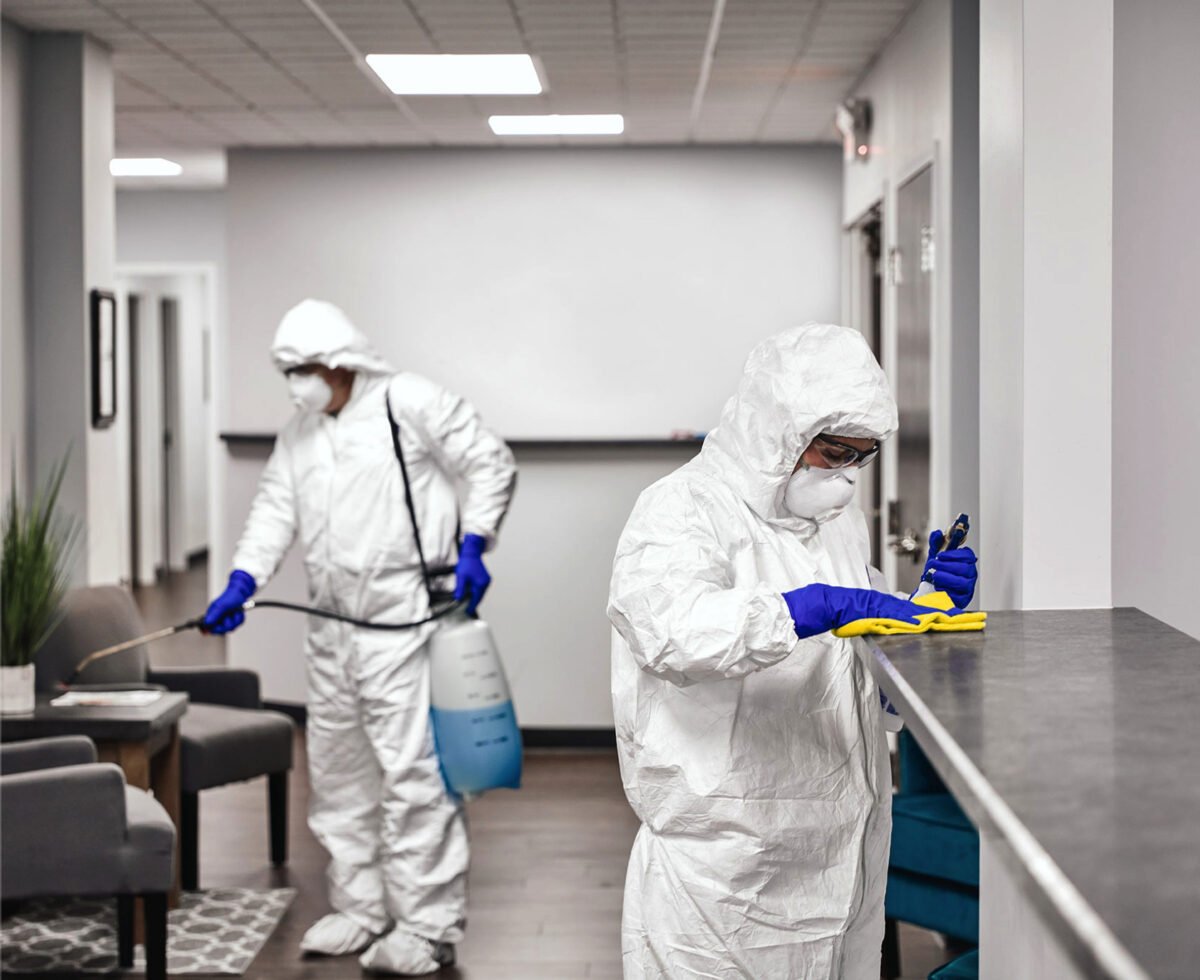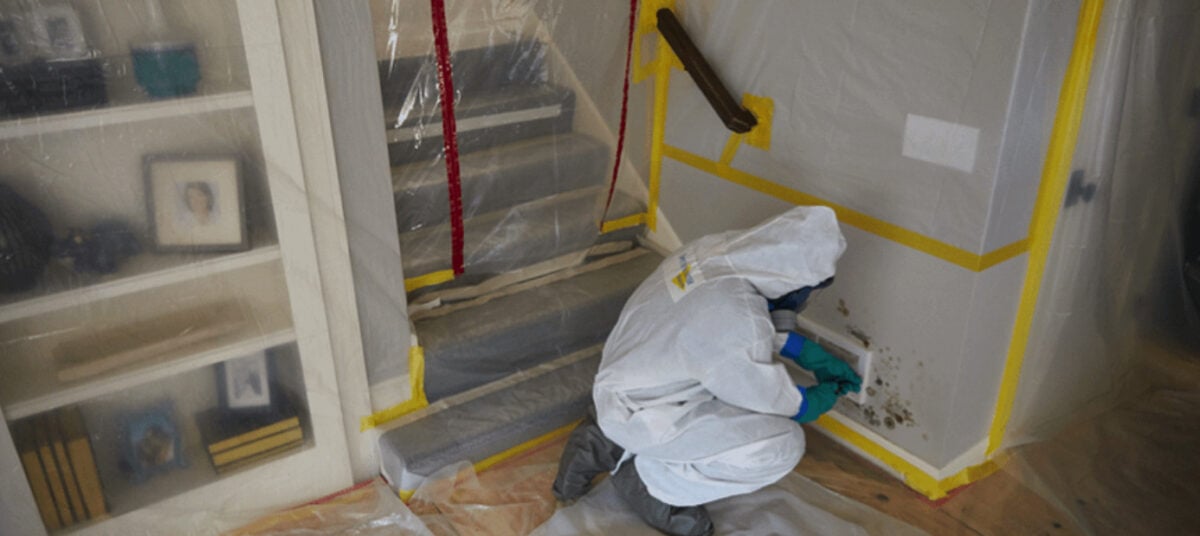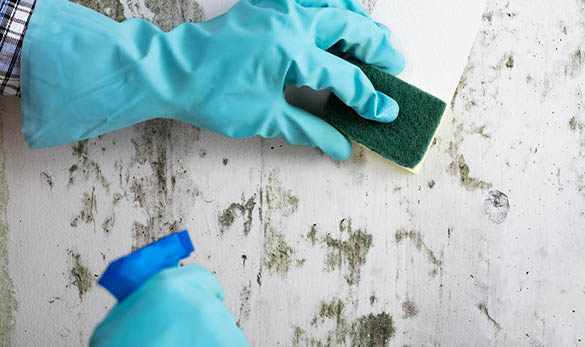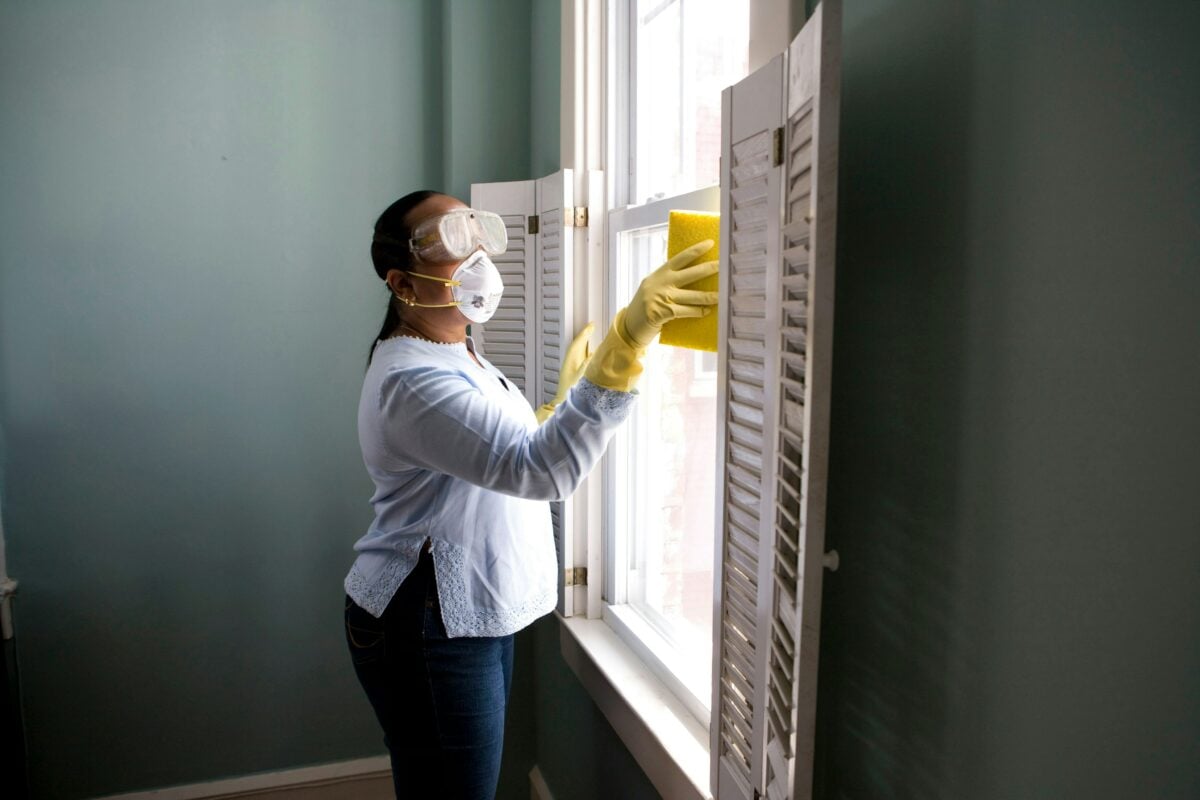In the tropical climate of Singapore, where humidity is a constant companion, the issue of mould is not just common but also a significant concern for homeowners. Mould not only damages the aesthetic appeal of homes but also poses serious health risks and structural damage to properties. In this article, we explore professional home mould removal services available in Singapore and provide practical DIY tips for tackling this pervasive issue.
Professional home mould removal services in Singapore
Mould can be a formidable enemy in the home, necessitating professional intervention for complete and safe removal. In Singapore, several specialised services offer comprehensive solutions tailored to the unique challenges posed by mould in a humid climate.
Mold Busters
Mold Busters offers a range of services including mould inspection, testing, air quality testing, and odour removal. Using advanced technology, their trained technicians identify and eliminate all mould species, ensuring long-term protection against recurrence. Their services are customised based on the size and complexity of the mould infestation, ensuring a thorough approach to mould remediation.
Mouldgone

Mouldgone sets itself apart with its eco-friendly approach, using non-toxic products approved by the FDA, EPA, and CDC. Their process begins with a detailed inspection and report, followed by an effective remediation plan using their non-toxic solutions. Additionally, they offer a 6-month warranty, assuring the quality and effectiveness of their services.
Ecosense

As an NEA Certified provider, Ecosense offers services that include mould removal, treatment, anti-mould painting, and air quality testing. They emphasise eco-friendly solutions without compromising effectiveness, catering to both residential and commercial spaces. Their commitment to environmentally responsible practices ensures a healthier living environment.
Moldexpert

Moldexpert provides an extensive range of services from mould inspection and testing to removal and decontamination. They utilise industry-approved, eco-friendly techniques to eradicate mould, ensuring a safe and healthy environment. Their team of certified professionals offers customised solutions to meet the specific needs of each property.
DIY mould removal tips and tricks

While professional services are recommended for severe mould infestations, smaller issues can often be addressed with DIY methods. However, it’s important to know when to call in the professionals for safety and effectiveness.
- Safety first: Always wear protective gear like gloves, masks, and goggles when dealing with mould.
- Identifying mould: Learn to recognize different types of mould. While black mould is notoriously dangerous, other types can also pose health risks.
- Common DIY solutions:
- Vinegar solution: Use a mixture of vinegar and water to clean non-porous surfaces. Vinegar is a natural mould killer and is safe for most surfaces.
- Baking soda: A gentle yet effective cleaner, baking soda mixed with water can be used for light mould issues.
- Hydrogen peroxide: Effective for tiles and grout, hydrogen peroxide can kill mould and lighten stains.
- Preventative measures:
- Control humidity: Use dehumidifiers and air conditioners to keep indoor humidity levels below 60%.
- Regular cleaning: Regularly clean areas prone to moisture like bathrooms and kitchens.
- Proper ventilation: Ensure good airflow in your home to prevent mould growth, especially in damp areas.
Read more: 7 feng shui tips your house needs
Identifying mould types
Identifying the type of mould in your home is crucial for determining the appropriate response. Mould comes in various types, each with its level of risk and required treatment approach.
- Aspergillus: Common in households, Aspergillus can appear in an array of colours. It’s an allergenic mould, but certain species can become more toxic, depending on the environment. It’s often found on walls, insulation, and paper products.
- Cladosporium: This allergenic mould thrives in both warm and cold conditions. Typically found in fabrics and wood surfaces, Cladosporium can cause allergic reactions and respiratory problems.
- Stachybotrys Chartarum (black mould): Notoriously dangerous, this toxigenic mould is known for its black colour and slimy texture. It thrives in moist, water-damaged environments and can produce toxins (mycotoxins) that pose serious health risks, including breathing difficulties, headaches, and persistent coughs.
- Penicillium: Easily recognisable by its blue or green colour, this mould grows on materials like insulation, carpet, and wallpaper. It can cause allergy symptoms, and prolonged exposure might lead to more severe health issues.
- Alternaria: Known for its velvety texture with dark green or brown hairs, Alternaria is an allergenic mould that typically appears in showers, bathtubs, and under leaky sinks. It’s a common cause of asthma and allergic reactions.
Health risks and when to get professional help
- Minor allergic reactions: For less dangerous moulds like Cladosporium or Penicillium, you might experience minor allergic reactions. If these are manageable, you can often address the mould through DIY methods.
- Severe health symptoms: If anyone in the household experiences severe symptoms like difficulty breathing, neurological issues, or signs of toxic exposure, it’s crucial to seek professional help. Black mould, due to its toxic nature, always warrants professional removal.
- Large infestations: Professional intervention is recommended for large mould infestations, especially those covering more than one square meter, to ensure complete eradication and prevent the spread.
- HVAC systems: If mould is in your HVAC system, professional cleaning is necessary to prevent its spread throughout your home.
- Structural damage: Moulds like Stachybotrys can cause structural damage due to their affinity for water-damaged materials. Professional services can address both the mould and any related damage.
Conclusion
The battle against mould in Singapore’s humid climate is ongoing. While DIY methods can be effective for minor issues, professional services offer comprehensive solutions for more severe infestations. By understanding when to use each approach and implementing preventive measures, homeowners can maintain a healthy, mould-free environment.
The post Top mould removal services in Singapore & DIY home mould removal tips appeared first on .

